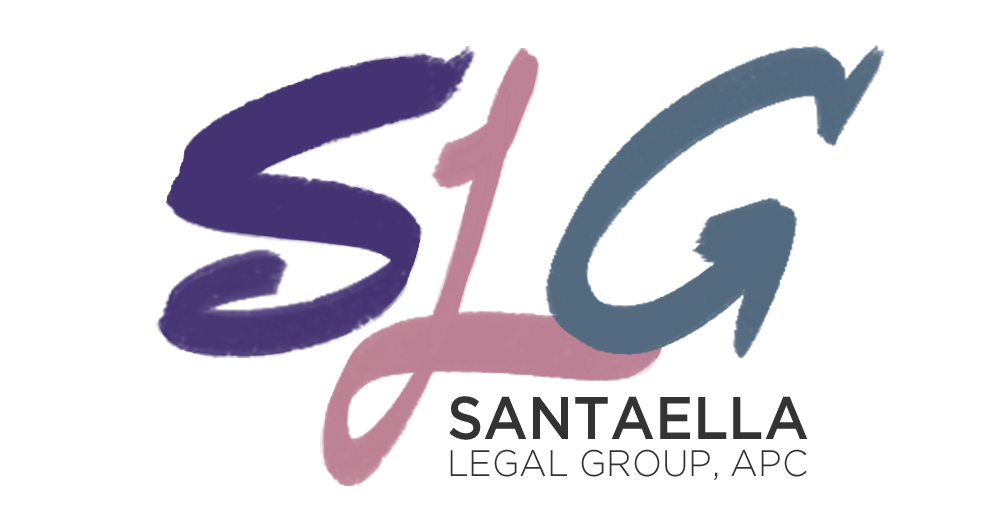What to do with your loved one’s prescription drugs when they pass away might not be at the top of your to-do list.
But when you do get to the point when you need to decide what to do with these drugs and other controlled substances, you should be aware of the laws governing their disposal.
What Are Controlled Substances?
The Controlled Substances Act (CSA) was passed in 1970, which established categories (also known as “schedules”) of controlled substances. Drugs, other substances, and certain chemicals used in making drugs are placed on one of these five schedules according to the drug’s acceptable medical use and potential for abuse. Schedule I drugs have no currently accepted medical use and a high potential for abuse, while Schedule V drugs have the least potential for abuse. Controlled substances range from drugs such as heroin and marijuana (Schedule I) to drugs such as Robitussin AC and Lyrica (Schedule V).
Secure and Responsible Drug Disposal Act of 2010
The Secure and Responsible Drug Disposal Act was passed in 2010 to address growing concern about the misuse of prescription drugs, particularly among teenagers. The Disposal Act made it easier to deliver unused or unwanted controlled substances to appropriate individuals or agencies for safe and effective disposal, such as through collection receptacles, mail-back packages, and take-back events.
The Disposal Act also allows any person lawfully entitled to dispose of a deceased person’s property to dispose of any controlled substances that were in the deceased’s lawful possession.
So, what are the steps you should take when disposing of your loved one’s controlled substances?
3 Steps to Disposing of Your Deceased Loved One’s Controlled Substances
If your loved one was living in an assisted living facility or was in hospice prior to their death, check with the healthcare staff to find out whether they will dispose of the unwanted or expired medications.
If you learn that you are responsible for their disposal and there are no specific disposal instructions in the medication package insert, or you have not received specific disposal instructions from a healthcare provider, follow the steps below.
Step 1: Determine if there is a drug take-back site or program.
The best way to dispose of unwanted or expired medications is to check whether there’s a drug take-back site or program near you. You can do this by checking the Drug Enforcement Agency (DEA) website or asking about possible options at your local pharmacy or police station.
Make sure to remove all personal information from prescription medicine labels and packaging. All medicines dropped off at a take-back location will be destroyed. It is generally inadvisable to donate unused drugs, and the Federal Drug Administration (FDA) does not endorse this practice.
Step 2: Determine if the controlled substance is on the flush list.
If you can’t find a drug take-back option near you, the next step is to determine whether the controlled substance is on the FDA’s flush list. If it is, you can flush the controlled substance down the toilet.
Medicines will be placed on the flush list if they are 1) have a high chance of being misused or abused or 2) likely to cause death or serious illness from one dose if taken by children, vulnerable adults, or pets. Because these medications are so dangerous, they shouldn’t be placed in the trash. Flushing them keeps everything safer by reducing their risk of inappropriate or accidental use.
You might be wondering about the environmental impacts of doing this. Based on available reports, most medicines found in water come from the body’s elimination of them through urine or feces. Flushing medications when there is no take-back option available is responsible for an extremely small part of the medicine found in our water. Additionally, the FDA has determined that this risk is less than the risk of accidental or inappropriate use of such medicines.
Step 3: Put non flush medicines in the trash.
If there is no drug take-back site available and the controlled substance you want to dispose of is not on the FDA’s flush list, you can dispose of the medicine by putting it in the trash after doing the following:
- Mix the medicine (liquid or pills) with an unappetizing material such as dirt or cat litter. Do not crush tablets or capsules.
- Place the mixture in a sealed container, such as a plastic ziplock bag, to prevent the mixture from leaking out of a garbage bag.
- Remove or scratch out all personal information from the empty prescription bottles or medicine packaging.
- Throw the sealed container with the mixture and the empty packaging in the trash.
We know there are many loose ends to tie up after a loved one passes away. Following these steps for disposing of controlled substances will not only keep your family and community safer, but it’s the law. If you need assistance with this or any other part of wrapping up your deceased loved one’s affairs, give us a call. Call Santaella Legal Group, serving San Ramon, Danville, Dublin, Pleasanton & the Tri-Valley area, at (925) 831-4840.
You might also be interested in:
What Happens to Our Social Media Accounts When We Die?
What Happens If a Loved One's Estate Planning Documents Can't Be Found?
The Importance of Reviewing Your Accounts and Property When a Loved One Passes Away
What You Need To Do After A Loved One Dies
6 Reasons You May Need to Hire an Attorney if Your Loved One Passes Away

